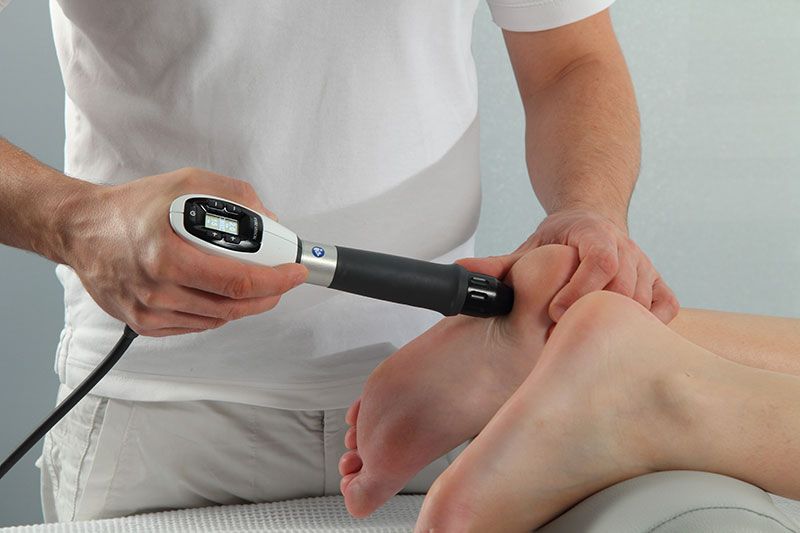PULSEWAVE THERAPY
At the forefront of non-invasive therapeutic solutions, Pulsewave Therapy offers a revolutionary approach to healing soft tissue through the application of radial sound waves. This innovative method stimulates the body's natural healing processes, providing a safe and effective alternative for those seeking relief from musculoskeletal issues.

What is Pulsewave Therapy?
Pulsewave Therapy, also referred to as Shockwave Therapy, utilizes radial sound waves to stimulate the body's healing response. The treatment is non-invasive, making it an attractive option for individuals looking for alternatives to surgery or pharmaceutical interventions. The type of Pulsewave Therapy employed in our practice is 'Radial,' a technique that delivers focused energy to the affected area.
How Does Radial Pulse Wave Therapy Work?
The healing power of sound waves lies in their ability to penetrate deep into soft tissues. Radial Pulse Wave Therapy targets the affected area, promoting increased blood flow, cellular repair and regeneration. This process triggers the body's natural healing mechanisms, encouraging the resolution of various musculoskeletal conditions.


Understanding Inflammation
Contrary to popular belief, inflammation is not always a negative response. In fact, it is a crucial part of the body's healing cycle. Pulsewave Therapy recognizes the importance of inflammation at certain levels, as it signifies the initiation of the healing process. By modulating inflammation, Pulsewave Therapy promotes a balanced and effective healing response.
FAQs
Got a question? We’re here to help.

